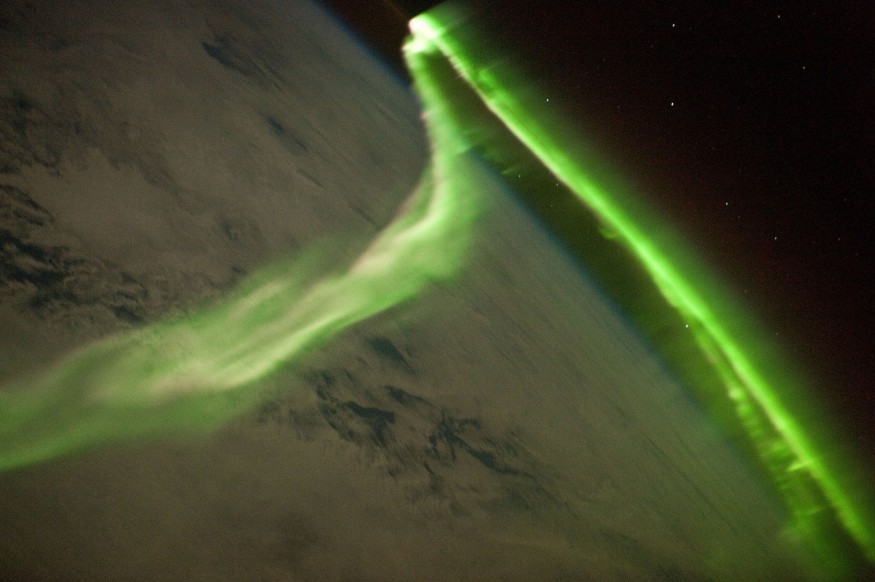The National Oceanic and Atmospheric Administration (NOAA) announced in their three-day forecast that a geomagnetic storm may strike Earth on September 23 due to fast-moving solar wind.
As the Sun becomes more active during its 11-year-cycle, Earth has become a standing target for solar storms this year. NOAA said the fast-moving solar winds are threatening to strike Earth on Friday, causing a geomagnetic storm. The event takes place a few days after a solar flare eruption that cause blackouts in Africa and the Middle East.

G1-Class Geomagnetic Storm Can Strike Earth Today
According to SpaceWeather.com's report, NOAA forecasters estimate a minor G1-class geomagnetic storm is possible to happen on Friday, September 23, when a high-speed stream of solar winds hit the magnetic field of Earth.
The solar wind expected to hit the planet is a gaseous material flowing from an equatorial hole in the atmosphere of the Sun, HT Tech reports. Due to these high-speed solar winds, high-altitude auroras could appear.
However, it is not yet possible for scientists to gauge how this solar activity could affect people on Earth. More so, the event is set to happen on the day of the equinox or when the magnetosphere.
That means the solar particles and radiation have easier access to Earth's atmosphere that day. It could increase the intensity of the geomagnetic storm and exacerbate its effects, which may result in radio blackouts and GPS disruptions, and travel delays.
As mentioned in previous reports, the Sun is moving towards the solar maximum in its 11-year-cycle and scientists are concerned that the Earth could be struck by a G5-class geomagnetic storm.
At this level, the solar storm can burn and destroy satellites in low Earth orbit and disrupt as well as break down wireless communications, including shortwave radio transmissions, GPS, mobile networks, and the internet. The worst that could happen is power grids could be damaged due to the G5-class geomagnetic storm.
READ ALSO : Solar Flare Delivers 'Glancing Blow' to Earth Causing Geomagnetic Storm That Could Affect Power Supply
Tracking Solar Storms
The Sun is now on its Solar Cycle 25 with peak sunspot activity expected in 2025. According to NOAA, its Space Weather Prediction Center (SWPC) is the official source for space weather forecasts. It is like other National Weather Service offices that forecast weather on Earth but only it forecasts solar storms.
SWPC uses ground-based satellites to monitor the Sun for any activity or changes and issue reports, such as warnings and alerts, for any hazardous space weather. They also use categories to effectively communicate the intensity of the solar storms to the public just like classifying hurricanes.
They monitor solar flares that arise near sunspots that release a wide spectrum of photons. The biggest solar storms come from coronal mass ejections (CMEs), which are big bubbles of plasma released by the Sun. CMEs have billions of tons of fast-moving solar particles that move at a velocity of 5 million miles per hour and a magnetic field that binds them.
RELATED ARTICLE : Will the G2-Level Geomagnetic Storm Have an Impact on People?
Check out more news and information on Space in Science Times.
© 2026 ScienceTimes.com All rights reserved. Do not reproduce without permission. The window to the world of Science Times.











